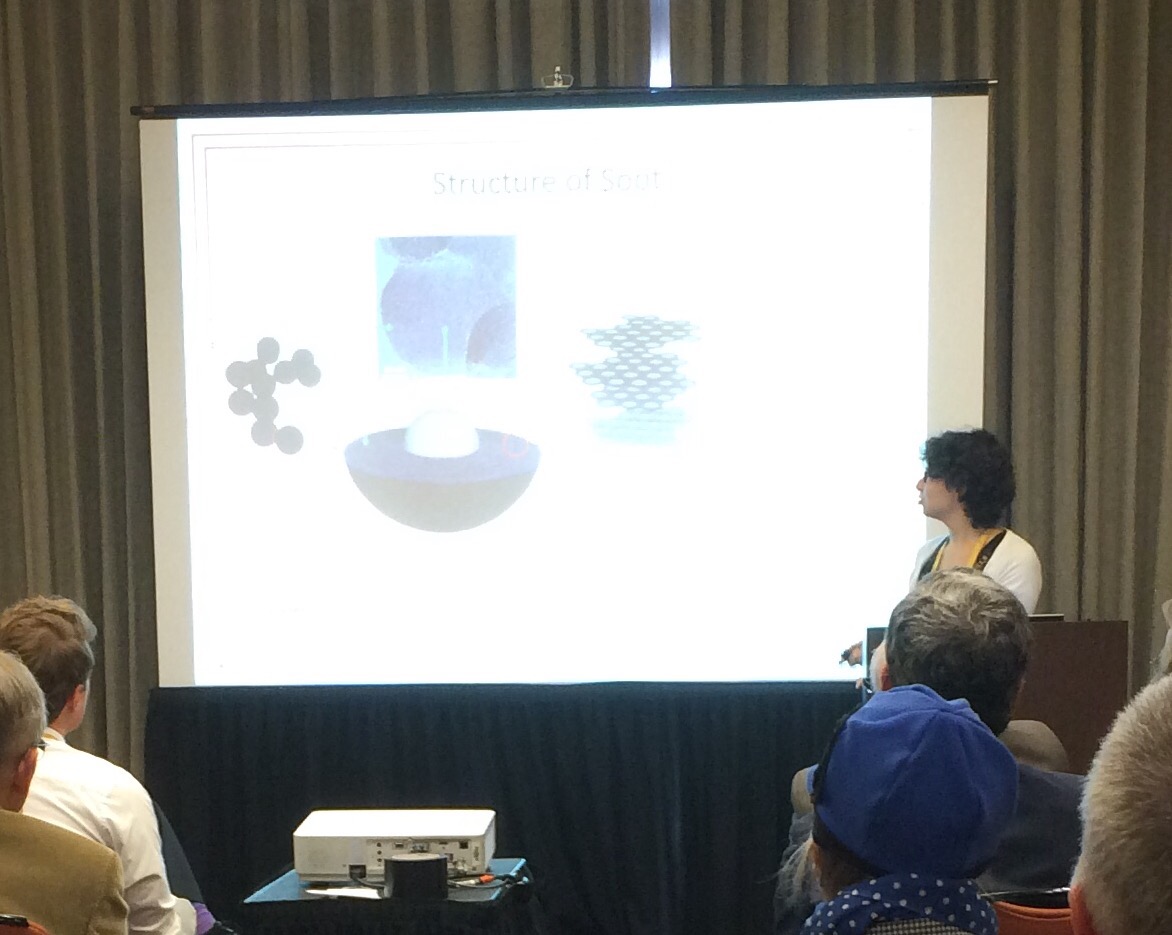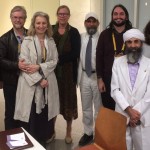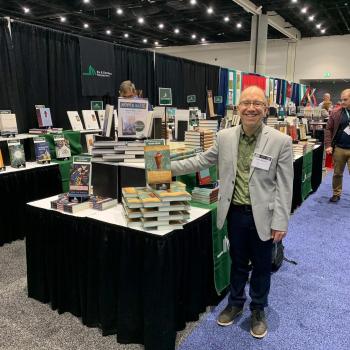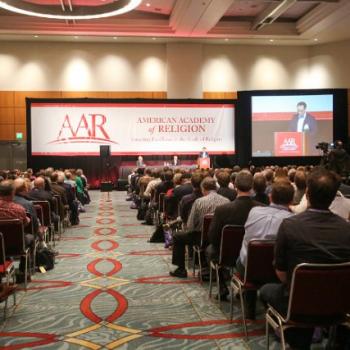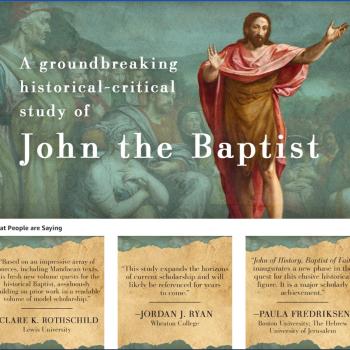I was only able to catch the end of Brent Nongbri’s paper about the dating of papyri. It was David Ratzan, Sarah Goler, and James Yardley about the development of new non-destructive means of dating carbon-based inks, in order to assess the Gospel of Jesus’ Wife.
They did not set out with the hypothesis that the spectrography and date would correlate. They use Bayesian probability in relation to the reference set of ink on papyri which contain a date and whose antiquity is thus established. This does not provide a test that gives a definitive answer, but a process for evaluating likelihood.
Carbon dating of papyri focuses on the substrate. To use it to date ink, you would need to scrape all the ink off, and so it is obviously not useful for this purpose. A detailed explanation was provided of how the Raman Shift changes over the course of 1,300 years (the range of dates of the papyri used in the study), probably due to oxidization of the soot from which ancient ink is made.
The process they initially developed allows one to date a papyrus within 150 years with a 68% degree of confidence (and 600 years with a 95% degree of confidence). But they wanted to see if they could do better, and by including a third peak analysis they increased the accuracy further still. Seeking to do better still, they used a Gaussian mixed model, looking at other characteristics of ancient Egyptian manuscripts and comparing the unknown text with them to determine the appropriateness of then applying the spectrographic approach. In their analysis they discovered that a particular kind of modern Chinese ink stick that appears like ancient inks do! And so they emphatically cannot prove something is authentic, but may be able to prove inauthenticity.
The spectra of the Gospel of Jesus’ Wife and Gospel of John fragments was clearly carbon ink, but the two were different from one another, with the John fragment being clearly more recent, and actually producing different dates for the verso and recto, and dating to around 250 BCE!
The scatter in the data points is not experimental error and so may reflect different ways and environments in which papyri were stored.
Using an electron microscope it became clear that the ink of the John fragment had smaller granules which had to involve modern industrial methods. GJW’s ink was different from both the John fragment and from authentic ancient manuscripts.
The presentation concluded by noting the need to expand the number of manuscripts and the geographical range of origin to which the method is applied.
It is clear that this method provides important data to consider, but the presenters do not see a way to make the method more precise. And it is a combination of approaches that leads to conclusions, and in the case of GJW, Sabar’s investigative journalism provided the strongest case. We were encouraged to be humbler, and more patient, than the digital age encourages us to be. And we were told that the Gospel of Jesus’ Wife remains anomalous and mysterious even now.
I was sorry to have to leave before the discussion time. The room was packed to overflowing and it was clear that the question and answer time would be lively!



